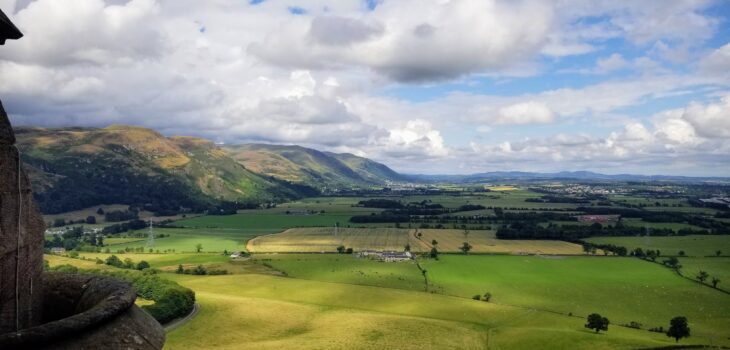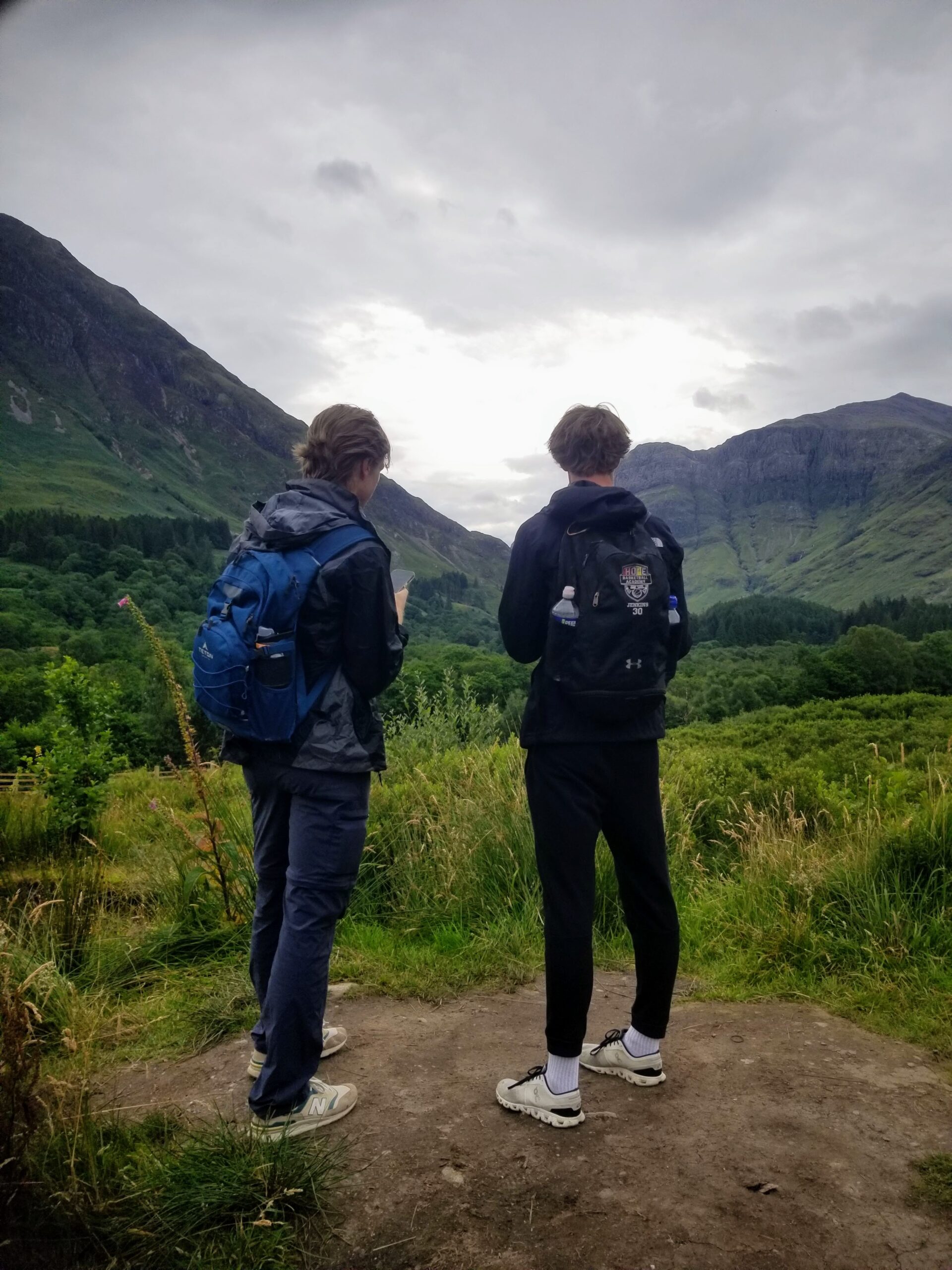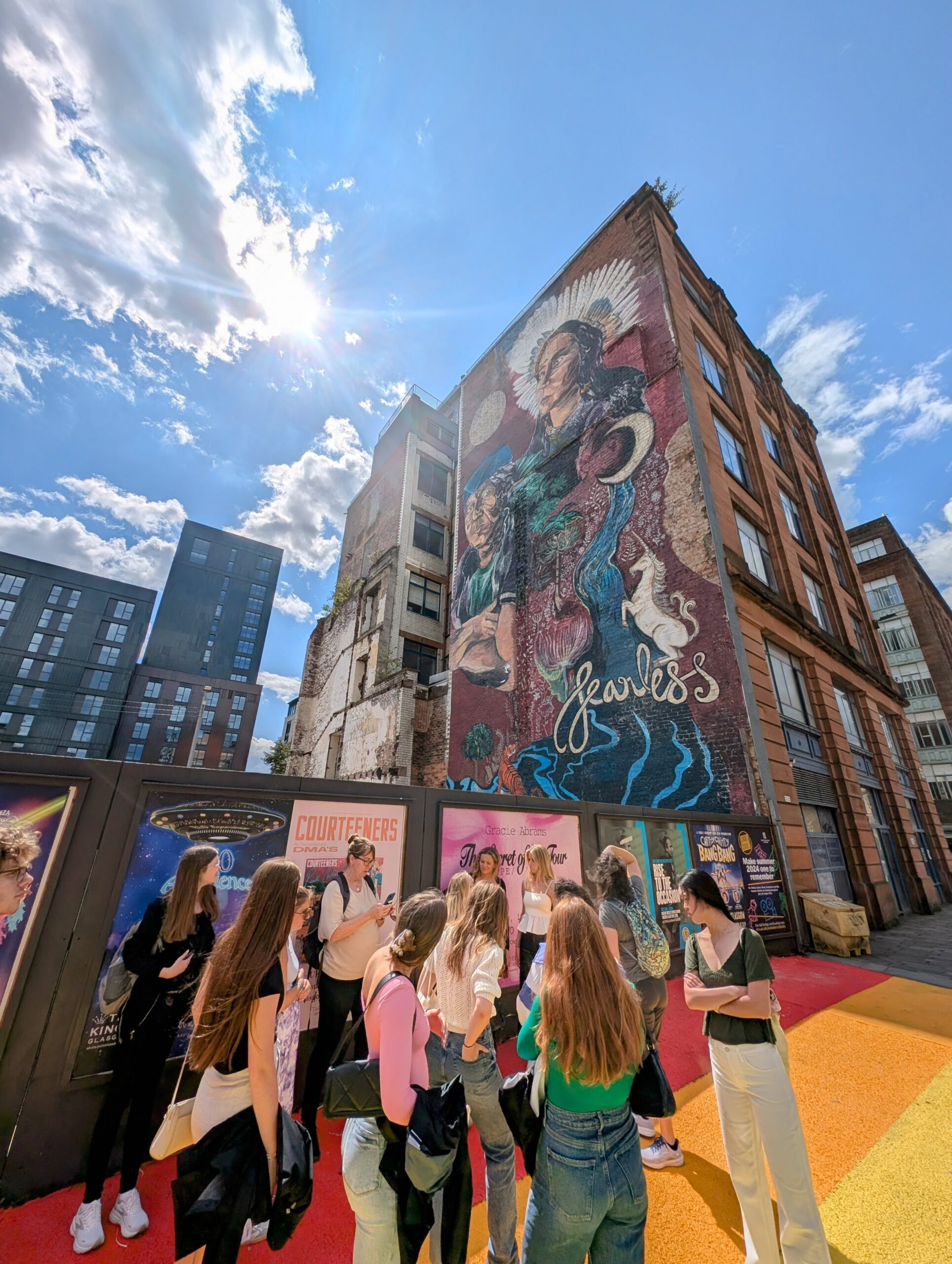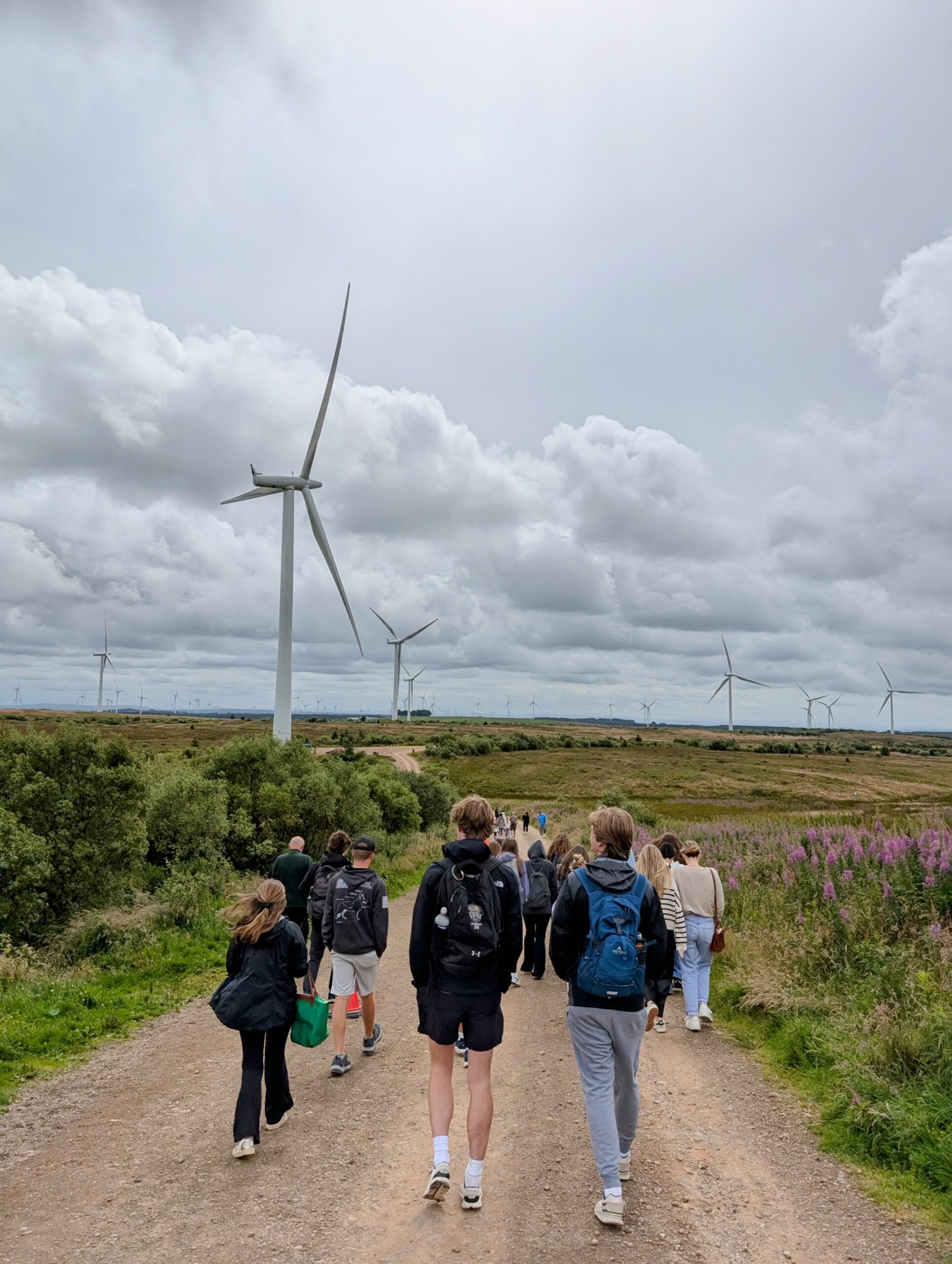 Spaces & Places
Spaces & Places
A Journey of Change and Stability: Scotland Study Abroad

I stood at the edge of the Highlands, the wind whipping about as I looked out over the rolling hills. Behind me, a group of students stood wide-eyed, taking in the rugged beauty of Scotland. This wasn’t just any study abroad trip—it was an immersive, place-based learning experience that would challenge both me and the students to explore the dynamic interplay between change and stability in Scottish society and land.

A week ago, I had guided my students through the intricacies of Scotland’s history, geography, and culture in the classroom. But now, they were here, on the ground, where the stones, forests, and cities would tell their own stories. I had visited Scotland the year prior on a solo adventure and jumped at the opportunity to return with students to this beautiful place. I had designed the course to give students a deep understanding of how Scotland’s landscape and social structures had evolved—and persisted—over centuries. It wasn’t just about memorizing facts or learning dates; it was about walking the same streets where political revolutions had been sparked and tracing the same rivers that had fed communities for millennia. The focus was on observing the tension between change and stability, and nowhere was that more evident than in Scotland.
Our journey began and ended in Stirling, a small-ish city that has a unique blend of old and new. Throughout our eight-day abroad journey, however, the students and I had an opportunity to visit Parliament in Edinburgh, examine art and architecture in Glasgow, tour castles throughout the region, and even visit a wind turbine farm that specializes in sustainable energy.

But it wasn’t just in the cities that this theme of stability and change played out. Our group soon ventured north to the Highlands, where the landscape itself seemed to stand as a testament to resilience. We strolled through the craggy hills and vast moors, and I encouraged the students to think about the land’s role in shaping Scottish identity.

Visits to local farms and fishing villages highlighted this connection to the land. The students observed how modernization was creeping into these traditional ways of life, yet the rhythms of the seasons still dictated much of the work.
Throughout the trip, I challenged students to not only study the external markers of change and stability but to consider how these themes played out in the lives of everyday Scots. They interviewed shopkeepers, farmers, and city dwellers, asking questions about how they viewed their roles in Scotland’s evolving landscape. The students were surprised by how many people expressed a deep connection to their land and heritage, even as they adapted to modern challenges.
For the students, the trip had been more than just a course – it was a lived experience, one that opened their eyes to the complexities of a society that had both transformed and stayed remarkably rooted. For myself, I enjoyed sharing a travel experience with young adults who had a contagious energy emulated through wonder and curiosity during our travels.
As we waited in line to board the plane back home, I knew that the students and I were leaving Scotland with a new understanding of the world. And this is the magic of place-based learning! In order to truly understand a society, you have to walk its land, hear its stories, and immerse yourself in the spaces where past and present meet.